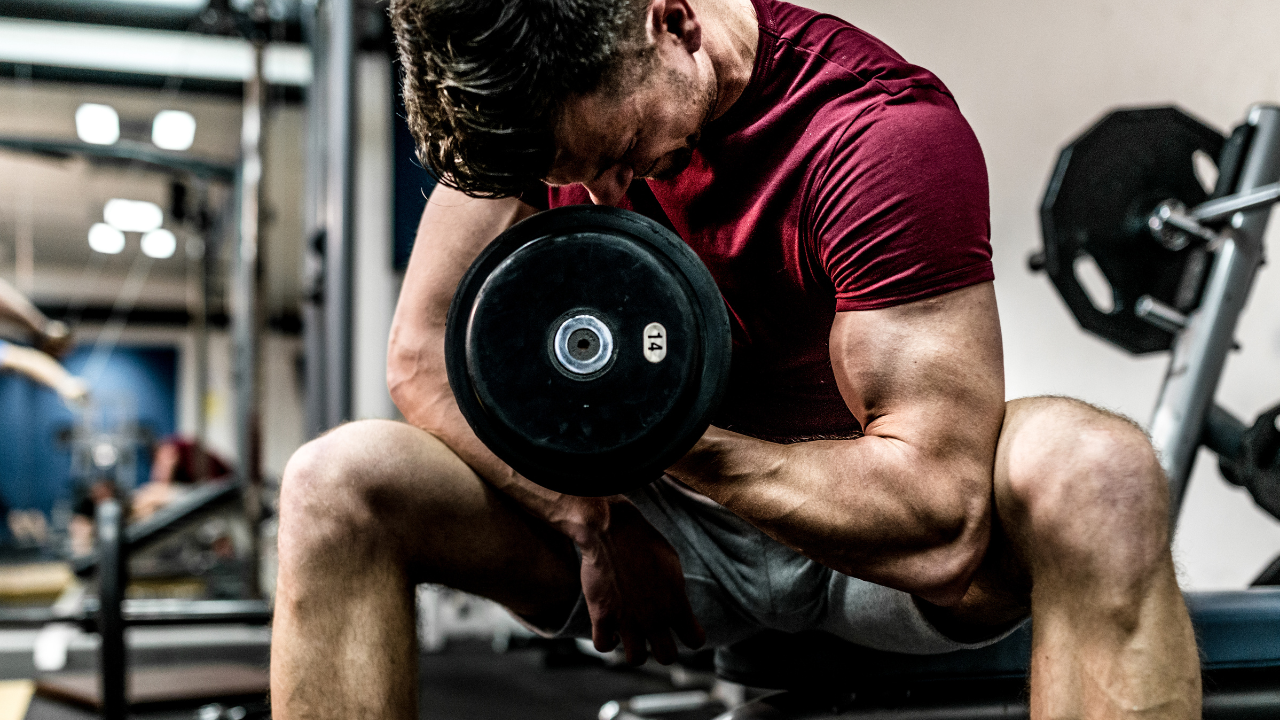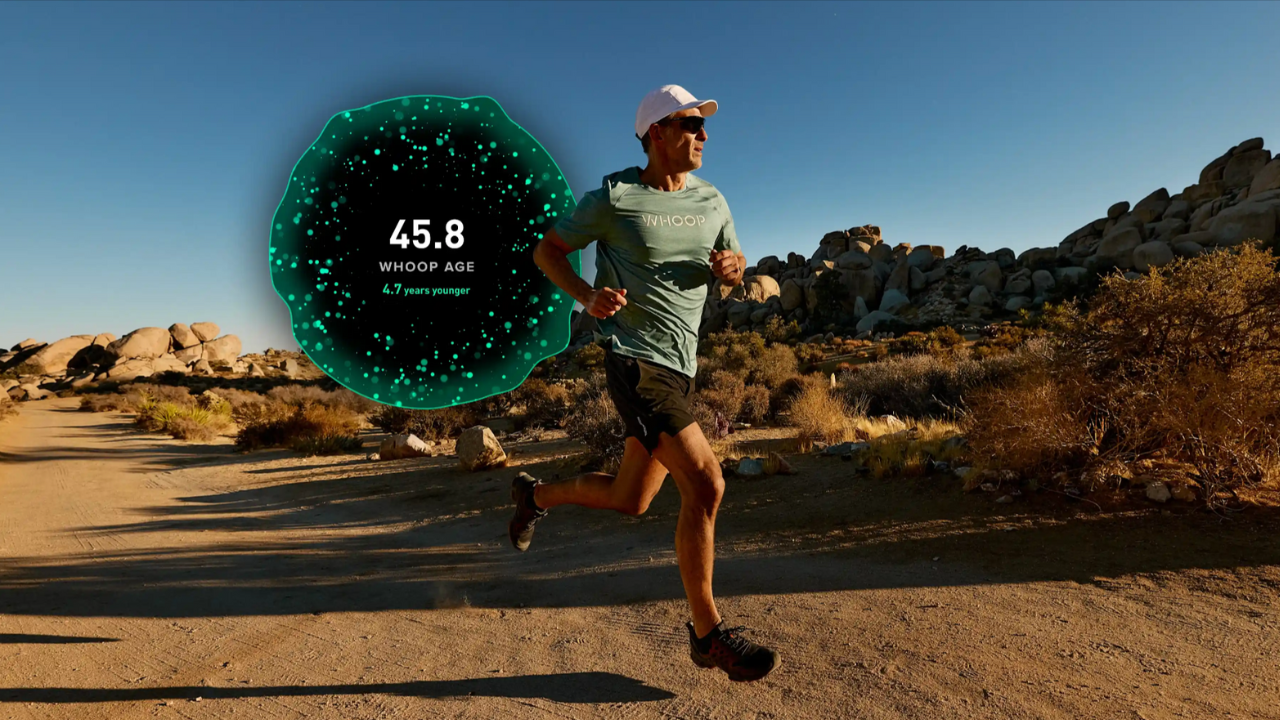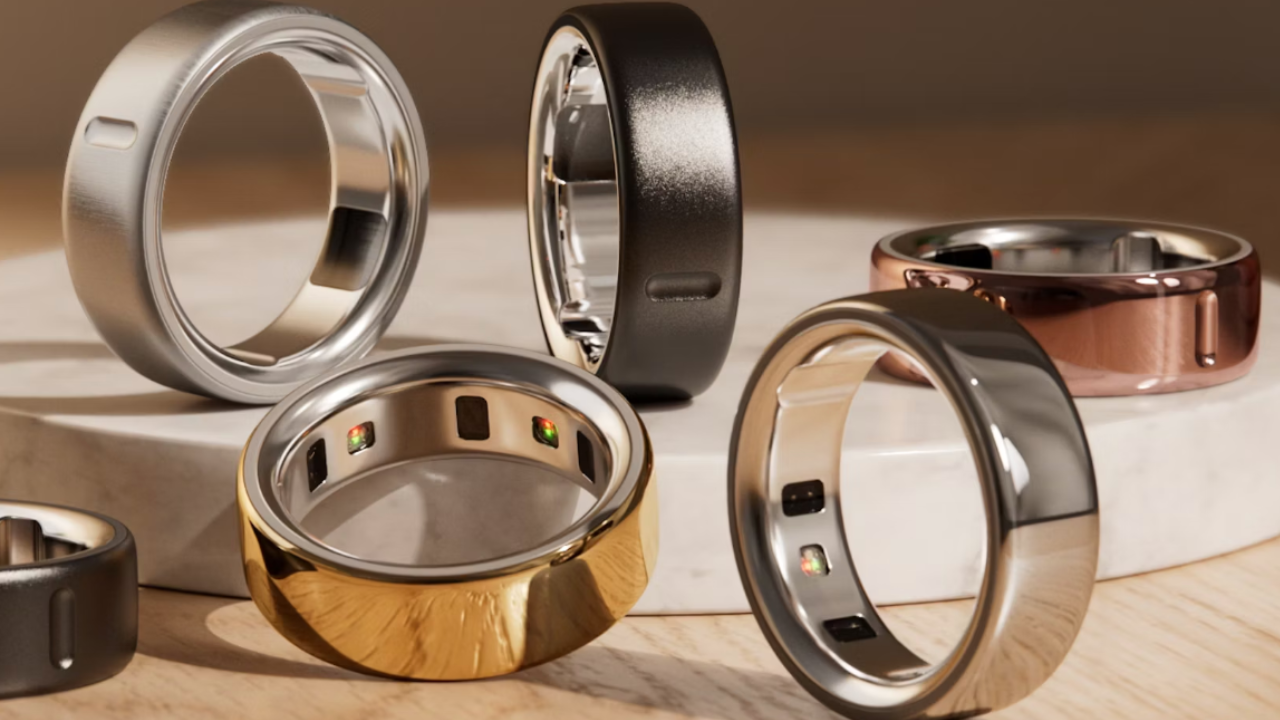You’re used to solving problems: work deadlines, family logistics, gym sessions. So when the thing you can’t fix is feeling wiped out no matter how many early mornings you squeeze in, it’s frustrating — and scary. You might sleep seven hours but still feel flat. Your workouts stall. Your focus slips. That’s not weakness. That’s a signal your body is sending: you’re not recovering, and you need data to fix it.
If you want something concrete — not another coffee, not another motivational pep talk — the Oura Ring is a tool that gives you the exact, practical feedback you need about sleep and recovery. It measures sleep stages, resting heart rate, heart-rate variability (HRV), and body temperature, and turns that into a daily Readiness Score that tells you whether to push or back off. That daily clarity is the difference between training smarter and just training more.
Why this matters for men in their 40s
By your 40s the margin for error narrows. Hormones shift, sleep fragments easier, healing slows, and life stress multiplies. Small deficits add up: low-quality sleep raises resting heart rate, reduces HRV (a key recovery marker), and blunts performance. HRV is one of the best single metrics to understand your nervous-system balance and readiness to train — it’s been used reliably in sports science and recovery strategies. The Oura Ring captures these signals passively while you sleep, giving you an ongoing, objective measure of your recovery trends — not a guess).
The point-of-action: what you’ll actually do with Oura
This is the practical bit. Oura’s Readiness Score synthesizes overnight metrics so you don’t have to be a data nerd. Here’s how you turn that score into results:
-
Check your Readiness first thing.
If it’s high (green): you can push a harder session. If it’s low (yellow/red): treat today as a recovery day — short walks, mobility, light aerobic work, sleep hygiene. Oura’s guidance saves you from unintentionally sabotaging progress. -
Use HRV trends, not single numbers.
HRV fluctuates day-to-day; trends matter. If HRV has trended down for 3–5 nights, that’s a clear sign to reduce intensity and prioritize sleep. Scientists use HRV to detect overtraining and stress because it reflects autonomic balance. ScienceDirect -
Improve sleep quality, not just sleep quantity.
Aim for consistent sleep times, a 60–90 minute wind-down (no screens, low light), and 7–9 hours where possible. Oura shows whether you’re getting deep and REM sleep — the stages that rebuild strength, memory, and hormones. Small changes in routine often produce clear changes in Oura data within 1–2 weeks. Oura Ring -
Use temperature and resting heart rate as early warnings.
If body temperature or resting heart rate drifts up unexpectedly, that can be an early sign of illness or poor recovery. Oura flags these trends so you can change plans before you crash. Oura Ring
A 4-week ‘Oura reset’ plan (exact and practical)
Week 0 — Baseline:
- Wear Oura 24/7 for one week. Don’t change routine. Note average Readiness, sleep score, and HRV trend.
Week 1 — Hygiene & small wins:
-
Bedtime routine: lights out same time each night, 60 minutes pre-sleep wind-down, last caffeine by 2 pm.
-
If Readiness < your baseline two mornings in a row: skip heavy lifting; do 20–40 min walk and mobility. Track how that affects Readiness the next day.
Week 2 — Training tweaks:
-
Schedule high-intensity sessions only on days with Readiness ≥ baseline +5. On lower readiness days, prioritize technique work, mobility, or active recovery.
-
Add a single low-intensity cardio (30–45 min) on one low-readiness day.
Week 3 — Stress & recovery optimization:
-
Add one evening routine: 10 minutes diaphragmatic breathing or a short guided meditation before bed.
-
If Oura shows temperature or RHR spikes, prioritize sleep and reduce evening stimulation.
Week 4 — Iterate:
- Review 4 weeks of trends. Identify what consistently improves your Readiness (e.g., earlier bedtime, fewer late workouts, more carbs on heavy days). Lock those habits in.
Common pitfalls (and how to avoid them)
-
Treating one bad score as a failure. It’s a signal, not a verdict. Look at trends.
-
Trying to micromanage every metric. Focus on Readiness, sleep score, and HRV trends — those three are high signal.
-
Not acting on the data. Numbers are only useful if you change training, sleep, or stress habits based on them. If you track and ignore, nothing changes.
-
Expecting instant miracles. Improvements take 1–4 weeks; the value is in steady trends.
Real-world outcome (short example)
Paul, 43, used to push chest and legs hard every Monday and Wednesday, even after poor travel nights. After 6 weeks of using Oura, he learned his Readiness was frequently low on Mondays; switching to light mobility and an easy run instead of heavy lifting cut his injury flare-ups, improved his sleep, and increased his weekly training quality. His lifting numbers rose not because he trained more, but because he trained smarter.
Quick checklist you can use today
-
Order sizing kit and ring (wear it 24/7).
-
Baseline week: no changes — just collect data.
-
Week 2: start using Readiness to decide session intensity.
-
Log three behaviors for each night (caffeine, booze, late meals) and watch how Oura responds.
Why Oura over a generic tracker?
Oura’s ring focuses on sleep and recovery metrics, and several validation studies show it captures HRV and nocturnal heart rate reliably — which matters when you’re using those signals to plan training and life. That accuracy makes its Readiness guidance meaningful, not just noise.
Tools like the Oura Ring help you understand what your body is actually ready for each day, so you can avoid burnout, prevent injury, and unlock a level of energy you thought you left behind in your twenties. If you’ve been wondering why your workouts feel tougher or your mornings feel slower, don’t ignore the signal — measure it. Optimize it. Own it. Your 40s can be the strongest decade of your life… as long as you give your body what it needs to thrive.
Take the first step toward stronger recovery and smarter performance — check the Oura Ring on their official website for current pricing and details.




